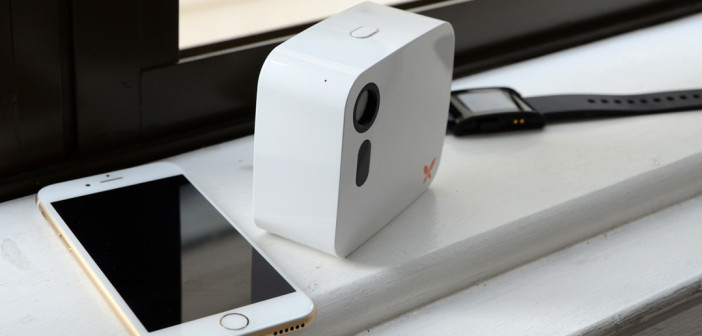Households interested in the idea of everyday objects being connected to the internet
UK consumers are ready to accept connected, intelligent products into their homes, as long as they have control over the data that those products feed back to the manufacturers, a new study has shown.
There is a strong appetite for household brands to provide ‘services’ in the home, with over two thirds (64%) of UK consumers interested in the idea of everyday objects being connected to the internet.
A study was carried out by global media agency network, Mindshare, in association with SharpEnd, the UK’s first Internet of Things (IoT) agency, into what UK consumers preferred in connected devices. Mindshare’s research programme, Huddle R&D, built 10 connected product and packaging prototypes and trialled them in five households over two weeks. Coupled with a quantitative survey into the attitudes of 1,000 UK smartphone users towards the IoT and connected packaging, Mindshare has revealed that generally consumers are excited about the potential of connected products from household brands.
Connected packaging that delivers extra consumer value is most appealing, with 62% of those questioned in the study finding the idea of a product that alerts you or reorders itself when about to run out appealing. Also, 58% find the idea of a product reminding you when it is about to reach its expiry date appealing.
Product packaging has the potential to become an adaptable digital touchpoint; over 50% of those surveyed are interested in scanning packaging to learn more about the provenance of fresh produce.
Consumers are willing to passively share purchase and usage data on everyday items; 62% agree that connected products can collect data if they get something of value in return.
Additionally, household products companies could move towards subscription relationships with consumers, the research shows. A strong 39% agree that ‘I would consider a service contract with a brand where it automatically reorders and delivers products for me’.
Yet consumers are wary of ceding too much control to products capable of communicating to them directly or acting independently; 76% agree that ‘If all household products are internet connected, I need to be in control of which can interact with me and in what circumstances’. This means there will be a need for a central aggregator to manage all connected products in the home, as 35% agree that ‘I would like a virtual assistant to manage all of the interactions with products for me’.
The prototypes used in the five households combined existing household products with communication technology such as near field communication (NFC), wireless smart buttons and Amazon Echo.
The concepts were designed to span a range of communication types, covering the four ways in which household product brands could make use of the functionality of the IoT to deliver information, experiences and services to their consumers in the home, with: product recommendations; use guidance; reordering; and brand story.
Jeremy Pounder, futures director at Mindshare, commented: “With the number of connected products in existence (excluding smartphones and computers) set to increase from five billion today to 21 billion by 2020 [Gartner], now is the time for brands to begin to experiment. The brands and marketers that have prepared for the advent of connected packaging, and fully considered the implications for their businesses will be in the prime position to capitalise on the opportunity.”
Cameron Worth, founder of SharpEnd, added: “This project was exciting to work on as it was gathering real feedback from real people. In the IoT space people rarely ever ask the question ‘what’s in it for the consumer?’ and this research project was a testament to how seriously both Mindshare and SharpEnd consider user experience. Applying our expertise in developing IoT applications with Mindshare’s credibility in research has delivered what we consider to be a powerful and thought-provoking report for brands as they enter this exciting new space and activate the ‘real world’ as the new creative platform.”





